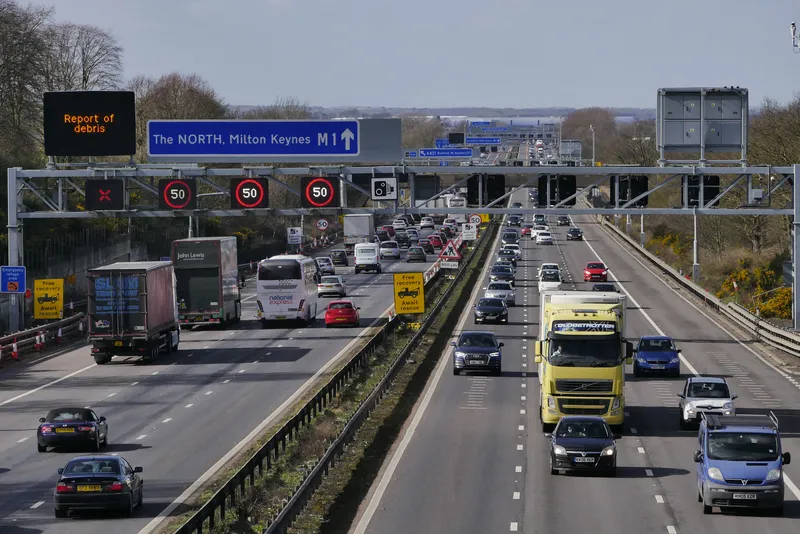Innovative measures to cut the number of rush hour road works have been announced by UK Transport Secretary Philip Hammond. Under ‘lane rental’ schemes, councils would be able to charge utility companies to dig up the busiest roads during peak times when road works cause the most disruption. Companies would be able to avoid the charges by carrying out works during quieter periods or, if appropriate, at night.
April 18, 2012
Read time: 2 mins
RSSInnovative measures to cut the number of rush hour road works have been announced by UK Transport Secretary Philip Hammond. Under ‘lane rental’ schemes, councils would be able to charge utility companies to dig up the busiest roads during peak times when road works cause the most disruption. Companies would be able to avoid the charges by carrying out works during quieter periods or, if appropriate, at night.
Putting the loss to the economy from road works congestion at over US$6.6 billion a year, Hammond said, “We simply cannot afford this. That is why I am putting forward proposals which would incentivise utility companies and local authorities to carry out their works at times when they will cause the minimum disruption to the travelling public.”
The1837 Department for Transport has published a consultation and draft guidance to councils outlining how lane rental schemes could be implemented. Any councils wishing to put in place a lane rental scheme would need to gain approval from the Department.
The proposals are clear that lane rental charges must be avoidable and proportionate to the costs of congestion, and subject to a maximum of US$4,140 per day. Councils are also being encouraged to apply the same principles to their own works and come forward with lane rental schemes which fit the needs of their local area.
Any revenue raised from the implementation of lane rental charges would be used by councils to fund measures which could help to reduce future road works disruption. This could include infrastructure work, research or measures to improve the management of works.
Putting the loss to the economy from road works congestion at over US$6.6 billion a year, Hammond said, “We simply cannot afford this. That is why I am putting forward proposals which would incentivise utility companies and local authorities to carry out their works at times when they will cause the minimum disruption to the travelling public.”
The
The proposals are clear that lane rental charges must be avoidable and proportionate to the costs of congestion, and subject to a maximum of US$4,140 per day. Councils are also being encouraged to apply the same principles to their own works and come forward with lane rental schemes which fit the needs of their local area.
Any revenue raised from the implementation of lane rental charges would be used by councils to fund measures which could help to reduce future road works disruption. This could include infrastructure work, research or measures to improve the management of works.










